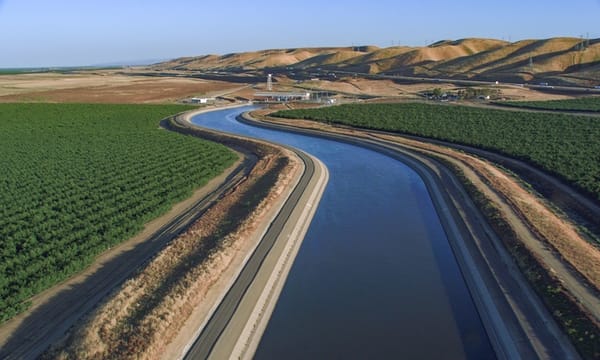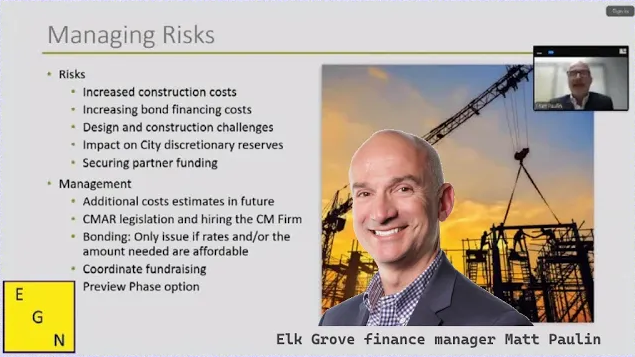New oil slick discovered off Long Beach highlights lack of real marine protection in California

Long Beach, CA – As offshore drilling continues off Southern California in a state portrayed as the “nation’s green leader” by the state’s politicians and media, an oil slick was discovered off the coast of Alamitas Beach in Long Beach near the four THUMS islands on Saturday, October 15.
These are artificial islands formed by five oil companies to produce tens of thousands barrels of o
The four THUMS islands are owned by the State of California and the City of Long Beach and operated by the City and California Resources Corporation. This spill comes just over a year after the 126,000 gallon spill in Orange County that was caused by a ship’s anchor at the port of Long Beach.
“This slick highlights the fact that fossil fuel production has no place, anywhere in California, but especially offshore and near our beaches,” said Nicole Levin, Sierra Club Campaigner for Dirty Fuels in a statement. “How many more oil spills and fossil fuel accidents do we need until the city and the state begins to prioritize public health and the environment?”
“In January the Long Beach Sustainable City Commission made recommendations to ban new oil drilling and study the phase out of existing oil drilling, but Long Beach City Council has yet to adequately act on these recommendations. Long Beach City needs to follow the lead of surrounding cities and work to phase out and clean up their oil wells as quickly as possible to protect public health and the environment,” she stated.
According to CBS Los Angeles, the Long Beach Fire Department is currently working to contain the 200 by 300 feet across oil slick off the city’s coast. It is near the dock slips off of the 400 block of East Shoreline Drive.
“Authorities are unsure how the slick originated but will continue to monitor it. Long Beach fire has set up booms to contain the slick as hazmat teams continue to clean up the spill,” CBSLA noted. “No marine or wildlife were damaged by the slick.”
Contrary to the “Green California” myth, the Southern California Coast is NOT protected from offshore oil and gas drilling, due to deep regulatory capture by Big Oil and Big Gas. There have been two major oil spills off the SoCal Coast — the Refugio Beach Oil Spill of 2015 and the Huntington Beach Oil Spill last October — since the highly touted “marine protected areas” created under the Marine Life Protection Act (MLPA) Initiative went into effect in January 2012.
In an apparent conflict of interest that state officials have refused to discuss, Western States Petroleum Association President Catherine Reheis-Boyd chaired the Marine Life Protection Act (MLPA) Initiative Blue Ribbon Task Force to create “marine protected areas” off the South Coast from 2009 to 2012. She also served on the task forces for the Central Coast, North Central Coast and North Coast from 2004 to 2012.
As the Western States Petroleum Association (WSPA) and Big Oil spend millions of dollars every year lobbying the Legislature and other state officials, California oil and gas regulators have continued to approve new and reworked offshore oil well permits under existing leases off the Southern California Coast.
Governor Jerry Brown approved over 200 offshore oil well permits in state waters from 2011 to 2017, according to data analyzed by Food and Water Watch and Fractracker Alliance.
Governor Newsom’s oil and gas regulators have continued granting offshore oil well permits also. As of October 1, 2021, there were a total of 150 reported permits issued for offshore wells since January 1, 2019, according to an analysis of permits approved through October 1, 2021 and posted at www.NewsomWellWatch.org by Consumer Watchdog and FracTracker Alliance.
“Five of these permits were for new drilling and the remaining 145 for reworks (including sidetracks and deepening operations). Half of the total were issued for idle wells that should be plugged and properly abandoned to reduce the risk of blowouts, leaks, and other accidents. Over the first three quarters of 2021 there have been 17 offshore permits issued,” according to the groups.
Currently, 19 oil and gas leases in California’s coastal waters allow drilling up to three miles off the state shoreline and represent 1,200 active wells.
A bill to end all offshore drilling in California state waters failed to move forward in the Legislature this year, due to fierce opposition by the Western States Petroleum Association and the oil industry. In May, Senator Dave Min’s Senate Bill (SB) 953 failed to pass out of the Senate Committee on Appropriation and was held on the Suspense File.
WSPA, the largest and most powerful corporate lobbying group in Sacramento, alone has spent over $17.5 million lobbying the California Legislature and other state officials over the past three years.
In the first quarter of 2022, WSPA continued its lobbying spending spree, dumping $952,366.91 into lobbying California officials, according to the California Secretary of State’s website. Chevron spent even more money than WSPA in lobbying, $1,016,168.17, during the quarter.
However, it wasn’t either WSPA or Chevron that topped the fossil fuel lobbying expenses in the first quarter. Sempra Energy and Affiliates, including SoCalGas and the San Diego Gas and Electric Company, moved into first place with $1,961,178.39 in expenses in just the three month period.
Altogether, WSPA, Chevron, Sempra and other oil and gas corporations and trade associations pumped a total of $6 million into advancing the fossil fuel industry agenda in 2022’s first quarter.
Over the past four years, fossil fuel companies paid almost $77.5 million to lobby lawmakers in Sacramento, reported Josh Slowiczek in Capital and Main on May 14.
“Oil and gas interests spent four times as much as environmental advocacy groups and almost six times as much as clean energy firms on lobbying efforts in California between 2018 and 2021, according to a Capital & Main analysis — reflecting the intensity of the industry’s efforts to influence policy in a state whose leaders have vowed to build an energy future free of fossil fuels,” Slowiczek wrote.
WSPA and Big Oil wield their power in 8 major ways: through (1) lobbying; (2) campaign spending; (3) serving on and putting shills on regulatory panels; (4) creating Astroturf groups; (5) working in collaboration with media; (6) creating alliances with labor unions; (7) contributing to non-profit organizations; and (8) sponsoring awards ceremonies, including those for legislators and journalists.
il every day, according to a press statement from Sierra Club California.



